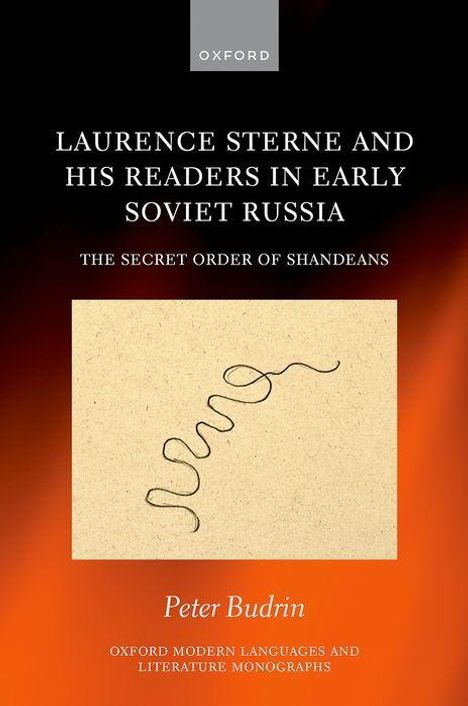Peter Budrin: Laurence Sterne and His Readers in Early Soviet Russia, Gebunden
Laurence Sterne and His Readers in Early Soviet Russia
- The Secret Order of Shandeans
Sie können den Titel schon jetzt bestellen. Versand an Sie erfolgt gleich nach Verfügbarkeit.
- Verlag:
- Oxford University Press, 01/2026
- Einband:
- Gebunden
- Sprache:
- Englisch
- ISBN-13:
- 9780198941743
- Artikelnummer:
- 12452638
- Umfang:
- 320 Seiten
- Erscheinungstermin:
- 15.1.2026
- Hinweis
-
Achtung: Artikel ist nicht in deutscher Sprache!
Klappentext
This book examines the 1920s and 1930s as a critical juncture in the rich history of the Russian reception of Laurence Sterne, author of The Life and Opinions of Tristram Shandy (1759-1767) and A Sentimental Journey through France and Italy (1768). Drawing on archival sources, it traces how this eccentric eighteenth-century Yorkshire clergyman was read and admired within an increasingly totalitarian society. It is difficult to imagine a phenomenon more antithetical to the Bolshevik vision of society than the whimsical universe of Laurence Sterne. Yet it is precisely this apparent incongruity that makes Sterne-whom Nietzsche once called "the freest writer of all time"-a revealing figure for understanding cultural life in the early Soviet period. By situating individual encounters with Sterne's work within biographical, cultural, and institutional contexts, this book treats Sternean reception as part of the larger history of the survival of intellectual autonomy after the revolution. Its central concern is how individuals found forms of escape in the subversive, digressive worlds of Sterne's fiction.
The study traces how Sterne's works were published, circulated, and read in Soviet Russia, reconstructing the networks that enabled their dissemination and the experiences of editors, translators, and readers who sustained interest in his writings. It focuses on specific institutional and material contexts: publishing houses, editorial practices, censorship, and the everyday lives of readers and translators. It also sheds new light on Viktor Shklovsky's reception of Sterne and, looking beyond Russian Formalism, reconstructs, for the first time, the careers and intellectual contexts of little-known translators and critics, presenting a wealth of previously unpublished materials, including unknown translations of Tristram Shandy and A Sentimental Journey, scholarly essays, illustrations, and private letters.


